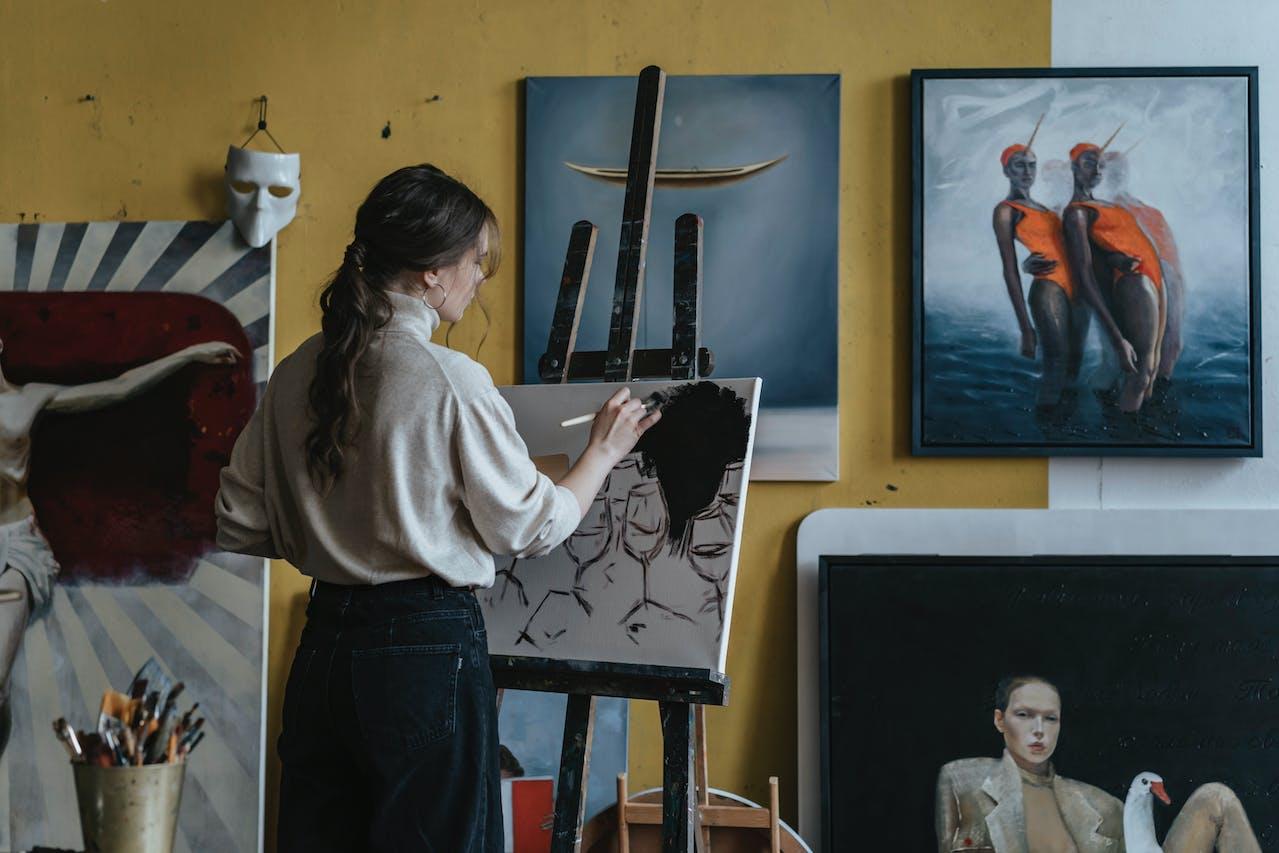In the realm of estate planning, artists face unique challenges. Their estates often comprise not only tangible artwork, but also a complex bundle of intellectual property rights. Understanding and effectively planning for the management of these assets is critical in ensuring that an artist’s legacy is preserved and protected in accordance with their wishes.
The Composition of an Artist’s Estate
An artist’s estate is multifaceted, encompassing not only their physical artwork, but also copyrights and, frequently, a collection of works by other artists. It’s crucial to recognize the distinction in treatment between an artist’s own creations and their art collection, particularly regarding valuation at the time of death.
Avoiding Probate: A Strategic Consideration for Artists
Artists have two primary instruments for estate planning: the Last Will and Testament and the Living Trust. Both allow for specific directives on who inherits which artworks and how these pieces should be managed posthumously, including guidelines on storage, handling, appraisal, and insurance. Employing professionals like art appraisers and dealers can aid in managing the estate, but it is imperative to allocate sufficient funds for the ongoing care of the art.
The critical legal distinction between a Will and a Trust lies in the probate process. A Will necessitates validation through a Surrogates Court in a probate proceeding, a public and often protracted process. In contrast, a Living Trust, established during the artist’s lifetime, circumvents the probate process, allowing for a more private and expedient transfer of assets, including artwork and intellectual property.
For artists, avoiding probate offers several advantages. The probate process can be particularly cumbersome when dealing with assets like artwork and copyrights, which are challenging to categorize and value. A trust also affords privacy, unlike a Will, which becomes a matter of public record. Additionally, a Living Trust can include provisions for managing the artist’s works in the event of their incapacity.
A Living Trust provides significant autonomy, especially relevant in the context of artist estates. Unlike a trust created through a Will, which requires court approval for amendments, a Living Trust permits beneficiaries to change trustees without court involvement. This flexibility is vital in scenarios where the trustee is a professional rather than a family member, minimizing the risk of mismanagement—a concern highlighted by several high-profile cases in the art world.
Legal Counsel and Tailored Estate Planning
Engaging an experienced estate planning attorney is indispensable for artists. The attorney can develop a tailored strategy that aligns with the artist’s specific needs and objectives. The decision to pass artwork directly to beneficiaries or to hold it in a trust or foundation post-death should be informed by factors like the marketability of the art and the artist’s sales history. The overarching aim is to minimize disputes and ensure a smooth transition of the artist’s works, recognizing that art is inherently personal and indivisible.
In summary, artists must approach estate planning with a nuanced understanding of the legal implications surrounding their unique assets. By employing the appropriate legal instruments and seeking professional guidance, artists can ensure that their artistic legacies are preserved and managed in a manner that honors their life’s work and intentions.





